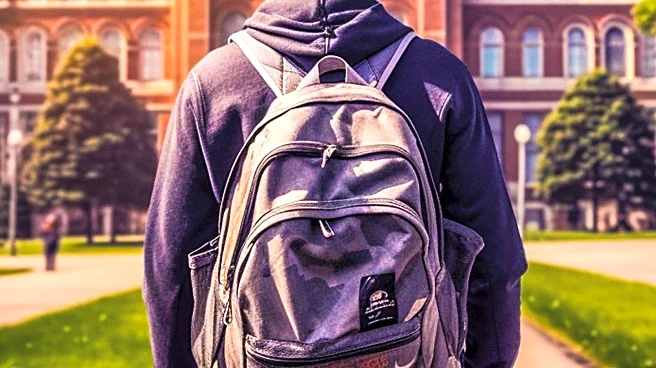What's Happening?
President Trump has introduced changes to the Parent Plus student loan program, imposing caps that may limit college options for families. Starting July 1, 2026, parents can borrow only $20,000 annually, or a total of $65,000 per student. This policy affects high school seniors applying to college, potentially reducing their ability to attend top-tier schools. Families are concerned that the new borrowing limits will create a tiered system, favoring those who can afford higher education without loans.
Why It's Important?
The changes to Parent Plus loans could significantly impact middle-class families, altering their college financing strategies. With borrowing limits, families may face challenges in affording tuition at prestigious institutions, potentially leading to increased reliance on private loans with higher interest rates. This policy shift may exacerbate educational inequality, as access to top colleges becomes more dependent on financial capability rather than academic merit. The broader implications include potential shifts in college demographics and increased financial strain on families.
What's Next?
Families affected by the new loan caps will need to explore alternative funding options, such as private loans or reallocating savings. The policy may prompt discussions on college affordability and financial aid reform, with stakeholders advocating for increased grant funding to support low- and middle-income students. As the changes take effect, families will reassess their college choices, potentially considering in-state or international options to manage costs.
Beyond the Headlines
The policy raises ethical concerns about access to education and the role of government in supporting college affordability. It may lead to long-term shifts in how families plan for higher education, emphasizing cost-effective choices over prestigious institutions. The changes could also influence public discourse on student debt and financial aid policies, prompting calls for comprehensive reforms to address educational inequality.










